Introduction
Zongzi, also known as rice dumplings wrapped in bamboo leaves, are a traditional Chinese food associated with the Dragon Boat Festival. This festive dish is not only delicious but also steeped in cultural significance, symbolizing unity, tribute to ancestors, and the hope for a bountiful harvest. While the exact origin of zongzi is debated, they have been an integral part of Chinese cuisine for centuries.
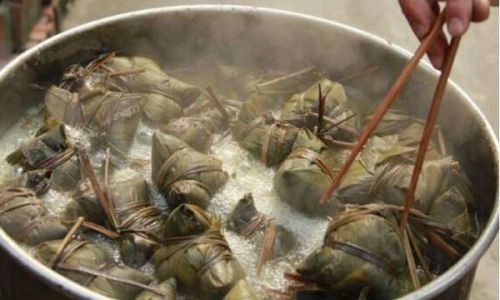
Preparing zongzi can be a labor of love, involving multiple steps and requiring patience. However, the end result—a steaming hot, fragrant dumpling filled with sticky rice and various savory or sweet fillings—is well worth the effort. In this guide, we will walk you through the process of how to cook zongzi, from preparing the ingredients to the final boiling stage, ensuring you achieve perfect results every time.
Section 1: Understanding Zongzi Ingredients
Before diving into the cooking process, it’s crucial to understand the key ingredients and their roles in making zongzi.
1 Bamboo Leaves
Bamboo leaves are the traditional wrapping for zongzi. They provide a natural aroma and flavor to the dumplings. Fresh bamboo leaves are preferred, but dried ones can also be used if soaked in water to soften them. When selecting bamboo leaves, look for those that are pliable, free of holes, and have a fresh green color.
2 Glutinous Rice
Glutinous rice, or sticky rice, is the foundation of zongzi. Its sticky texture holds the filling together and creates the characteristic chewy mouthfeel. Rinse the rice thoroughly under cold running water until the water runs clear to remove any starchiness. Soaking the rice in water for a few hours or overnight can further enhance its stickiness.
3 Fillings
Zongzi come in a variety of flavors, ranging from savory to sweet. Common savory fillings include pork belly, salted duck egg yolks, and mushrooms, while sweet options might include red bean paste, lotus seed paste, or dates. The choice of filling is entirely up to personal preference.
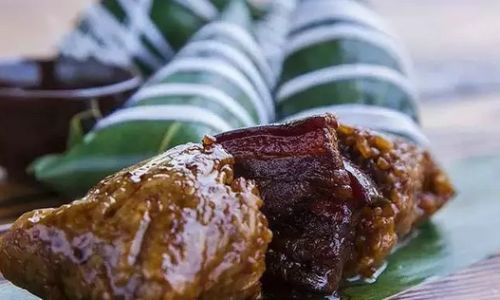
4 Seasonings and Binders
Seasonings such as soy sauce, Shaoxing wine, five-spice powder, and salt are used to flavor the rice and fillings. Binders like soy sauce or sesame oil help the ingredients stick together during cooking.
5 Strings (Optional)
Traditionally, zongzi are tied with cotton strings or bamboo strips to secure the wrapping. This step ensures the dumplings maintain their shape during boiling.
Section 2: Preparing the Ingredients
Now that you have a clear understanding of the ingredients, let’s move on to preparing them.
1 Preparing the Bamboo Leaves
- Cleaning: Rinse the bamboo leaves under cold running water to remove any dirt or debris.
- Soaking: Soak the leaves in a large pot of hot water for about 10 minutes to soften them. This makes them more pliable and easier to work with.
- Draining: Remove the leaves from the water and let them drain on a clean kitchen towel or paper towels.
2 Preparing the Glutinous Rice
- Rinsing: Place the glutinous rice in a large bowl and rinse it under cold running water until the water runs clear.
- Soaking: Cover the rice with water and let it soak for at least 4 hours or overnight. Soaking helps the rice absorb water and become stickier.
- Draining: Drain the soaked rice well in a colander.
3 Preparing the Fillings
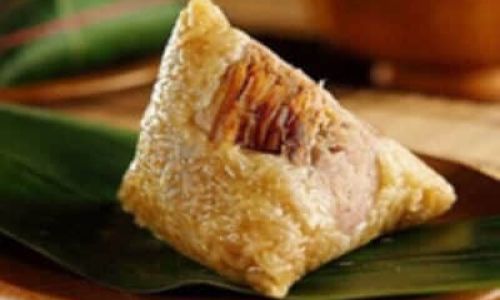
The preparation of fillings depends on the type you choose. Here are some general guidelines:
- Pork Belly: Cut into small cubes, marinate with soy sauce, Shaoxing wine, five-spice powder, and sugar for at least 2 hours.
- Salted Duck Egg Yolks: Rinse under cold water and pat dry. You can use them whole or halve them depending on preference.
- Mushrooms: Soak dried mushrooms in hot water until softened, then chop them finely.
- Sweet Fillings: Ready-made pastes like red bean paste or lotus seed paste can be used directly. If making your own, follow the recipe instructions.
Section 3: Wrapping the Zongzi
Wrapping zongzi is an art form that takes practice. Here’s a step-by-step guide to help you get started:
1 Folding the Bamboo Leaf
- Positioning: Place a bamboo leaf on a flat surface with the shiny side up. If the leaf is large, you can fold it in half lengthwise to make it easier to handle.
- Forming a Cone: Fold the bottom edge of the leaf up to create a point. Then, fold the two side edges in towards the center to form a cone shape. The point should be at the bottom, and the opening at the top.
2 Adding Rice and Filling
- Layering Rice: Spoon a small amount of drained glutinous rice into the cone, pressing it down gently with your fingers to create a flat layer at the bottom.
- Adding Filling: Place your chosen filling on top of the rice layer. For savory zongzi, you might add a piece of pork belly, a salted duck egg yolk, and some mushrooms. For sweet zongzi, spoon in some red bean paste or lotus seed paste.
- Covering with Rice: Add more glutinous rice over the filling, pressing down gently to ensure everything is packed tightly. The rice should fill the cone to the top, but not overflow.
3 Sealing and Wrapping
- Folding the Top: Fold the top edge of the bamboo leaf over the rice, covering it completely.
- Tucking in the Sides: Fold the two side edges of the leaf in towards the center, tucking them under the rice to secure the wrapping.
- Tightening and Shaping: Use your fingers to gently press and shape the zongzi into a compact, triangular shape. The point at the bottom should be firmly sealed.
4 Securing with String
- Threading the String: Take a piece of cotton string or bamboo strip and thread it under the zongzi, crossing it over the top and pulling it tight to secure the wrapping.
- Tying a Knot: Tie a tight knot at the top of the zongzi to ensure it stays closed during boiling.
- Trimming the Excess: Trim any excess string or bamboo strip with scissors.
Section 4: Cooking the Zongzi
Now that your zongzi are wrapped and secured, it’s time to cook them.
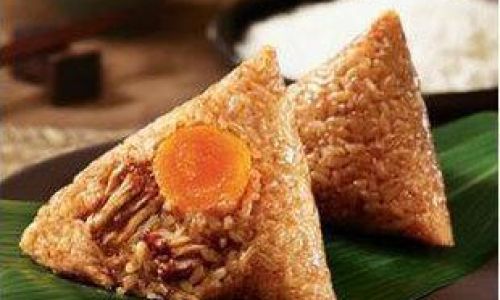
1 Boiling Method
- Preparing the Pot: Fill a large pot with enough water to fully submerge the zongzi. The water should be at least 2 inches above the top of the dumplings.
- Adding Aromatics (Optional): You can add a few aromatic ingredients like green onions, ginger slices, or a piece of dried orange peel to the water for extra flavor.
- Bringing to a Boil: Place the pot on the stove over high heat and bring the water to a rolling boil.
- Reducing Heat: Once boiling, reduce the heat to medium-low and let the zongzi simmer gently. The cooking time depends on the size of the dumplings and the heat intensity, but it usually ranges from 2 to 4 hours.
- Checking for Doneness: After the initial cooking time, you can check the doneness of the zongzi by carefully removing one and letting it cool slightly. Peel away a small section of the wrapping to check the color and texture of the rice. It should be translucent and sticky.
2 Steaming Method
An alternative to boiling is steaming the zongzi. Here’s how:
- Preparing the Steamer: Set up a steamer basket in a large pot and add enough water to reach just below the bottom of the basket. Bring the water to a boil.
- Arranging the Zongzi: Place the wrapped zongzi in the steamer basket, ensuring they are not overcrowded. You can stack them in layers, but make sure they are not packed too tightly.
- Covering and Steaming: Cover the pot with a tight-fitting lid and steam the zongzi over medium-high heat for about 3 to 4 hours, depending on their size.
- Checking for Doneness: Use the same method as for boiling to check for doneness.
Section 5: Serving and Enjoying Your Zongzi
Once the zongzi are cooked, it’s time to serve and enjoy them.
1 Cooling and Unwrapping
- Cooling: Carefully remove the zongzi from the pot or steamer and let them cool slightly. They will be very hot and steamy.
- Unwrapping: Peel away the
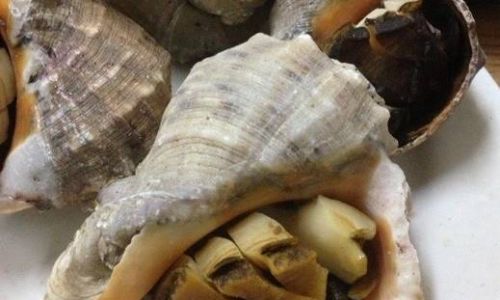
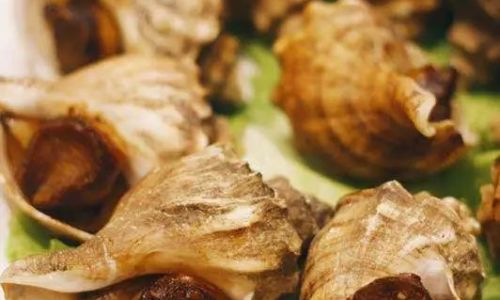
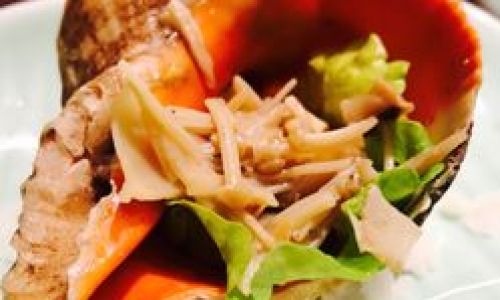
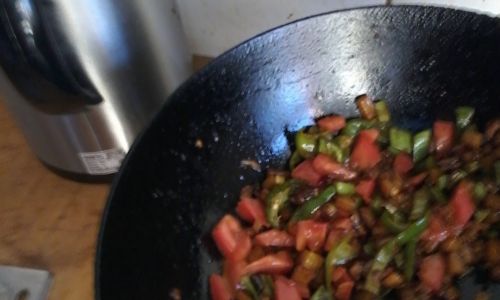
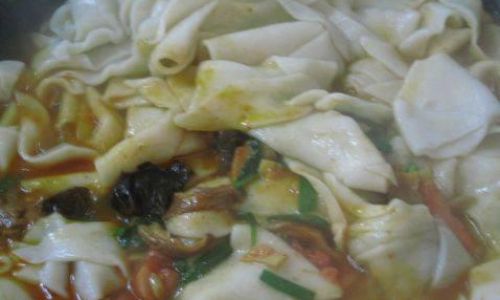
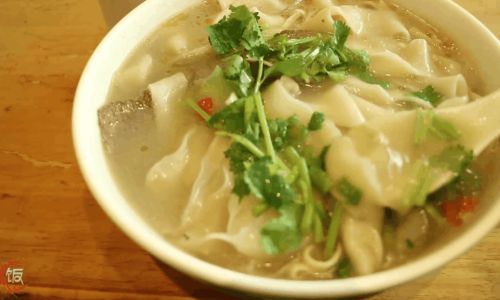
0 comments